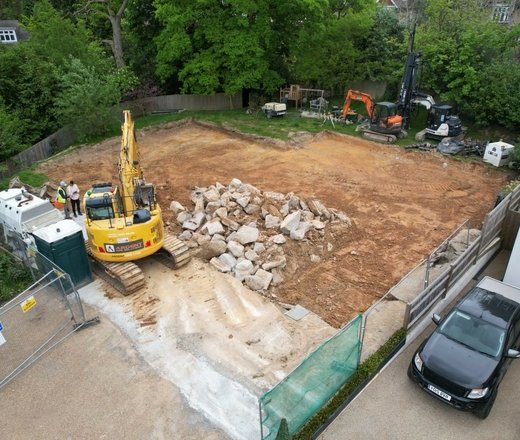Selling your home can be an exciting yet nerve-wracking experience, and the home inspection is a pivotal part of this journey. A thorough inspection can significantly impact the sale, influencing everything from the final price to the transaction's success. Here’s how you can effectively prepare and respond to a home inspection to ensure a smooth process.
1. Preparing for the Inspection
Before the inspector arrives, make sure your home is in tip-top shape. Fix any known issues like leaky taps, damaged flooring, or faulty electrical outlets. Conducting a pre-inspection can also be beneficial, allowing you to address potential problems beforehand and present your home in the best possible light.
2. Providing Access
Ensure the inspector has easy access to all areas of your home, including the basement, attic, and utility closets. Clear any obstacles that might prevent a thorough examination of crucial parts of your house. This not only facilitates a smoother inspection but also demonstrates your commitment to transparency.
3. Understanding the Inspector's Role
The inspector’s job is to provide an objective assessment of your home’s condition. They will evaluate various aspects, including the roof, foundation, plumbing, electrical systems, and appliances, to identify any issues that need attention. Understanding this can help you better prepare and respond to their findings.
4. Attending the Inspection
While it’s not mandatory for you to be present, being available can be beneficial. You can answer any questions the inspector might have and gain firsthand insight into the condition of your home. This can also help you understand any issues that arise and how they might affect the sale.
5. Reviewing the Inspection Report
Once the inspection is completed, you will receive a detailed report of the findings. Review this report carefully. It provides a clear idea of what might concern buyers and what could be used as a negotiation point. Being well-informed will help you make strategic decisions moving forward.
6. Addressing Issues
If the inspection uncovers significant problems, consider addressing these issues before proceeding with the sale. Depending on the nature of the problems, you may choose to fix them, offer the buyer a credit, or adjust the selling price accordingly. This proactive approach can prevent last-minute surprises and keep the sale on track.
7. Negotiating Repairs
If the buyer requests repairs, remember that you don’t have to agree to all of them. Negotiations can involve agreeing to certain repairs, offering a price reduction, or a combination of both. The goal is to find a mutually agreeable solution that keeps the sale moving forward.
Navigating the home inspection process is about being prepared, understanding the findings, and addressing issues effectively. A successful inspection can lead to a smoother transaction and can often be the deciding factor in closing a sale. By following these steps, you can master the home inspection process and move one step closer to selling your home.
If you need advice and help on buying or selling a property, please contact us to speak with one of our award-winning team who will be able to help you.
Market your property with Maddisons Residential
For many, the first point in their house moving journey, is to understand the value of their current home. Whether you want a quick, instant, online indication, or a more robust property specific and individual valuation, we would be delighted to help.





